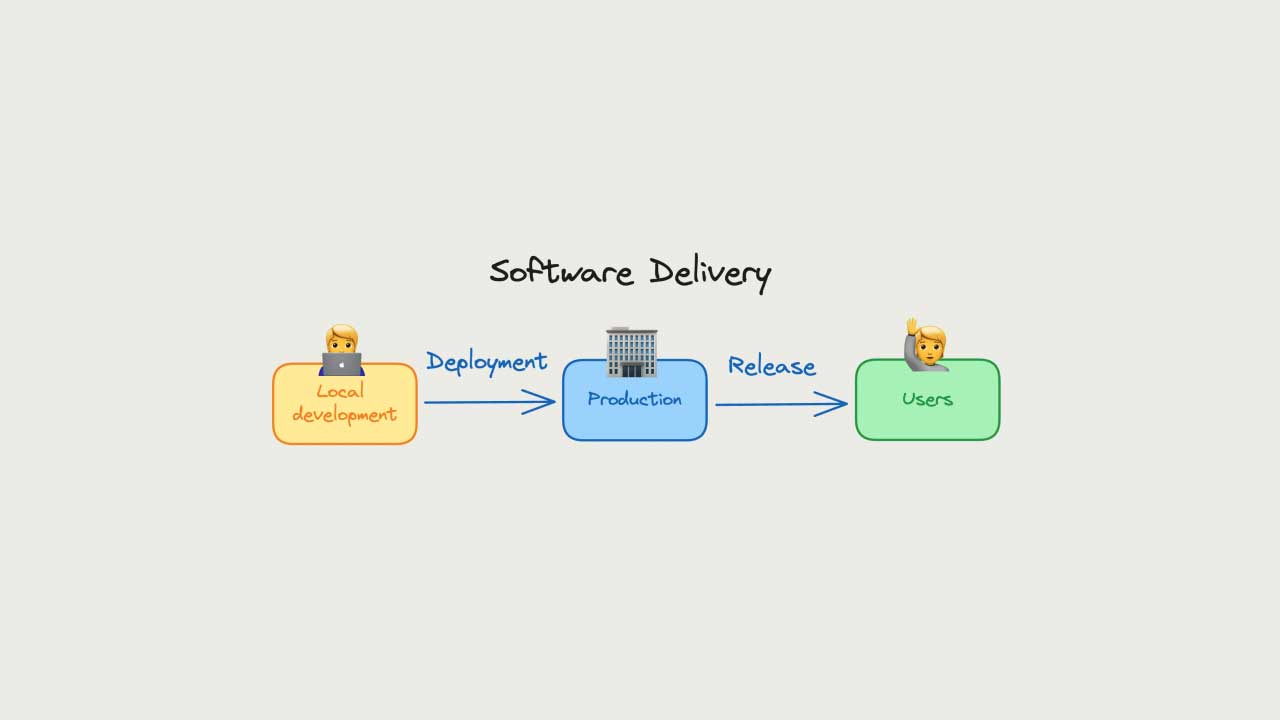Building CakePHP Web Apps: Delivering Powerful and Scalable Solutions
The CakePHP framework has grown in popularity for web application development due to its simplicity, flexibility, and scalability. Whether you’re building small-scale solutions or robust enterprise applications, CakePHP allows you to create immersive web experiences for businesses of all kinds. This blog explores the power of CakePHP, how to build high-performing web apps, and the key benefits it offers.
1. Introduction to CakePHP for Web App Development
CakePHP is a PHP-based open-source framework that follows the MVC (Model-View-Controller) architecture. It simplifies and accelerates the development of web applications by offering a structured framework, reusable components, and built-in tools for security and validation. CakePHP is known for its scalability and efficiency, making it an excellent choice for businesses looking for dynamic web apps that can grow alongside their operations.
2. Advantages of Using CakePHP for Web Apps
CakePHP brings several advantages for web app development, including:
a) Rapid Development
CakePHP provides pre-built modules and scaffolding, enabling developers to focus on the app’s core functionality rather than basic infrastructure. This rapid development ensures faster delivery times.
b) MVC Architecture
The Model-View-Controller design pattern separates the business logic, presentation, and data layers. This separation improves code organization, maintainability, and scalability of the application.
c) Security Features
With built-in tools for input validation, CSRF protection, and SQL injection prevention, CakePHP ensures secure development practices. This framework is highly recommended for apps requiring strong data protection.
d) Scalability
CakePHP’s modular structure and reusable components make scaling web apps easier. As your business grows, the framework allows seamless integration of new features and performance upgrades without overhauling the entire application.
3. Steps to Building a Web App with CakePHP
a) Setting Up the CakePHP Environment
To get started with CakePHP, install it via Composer, which will manage all dependencies. Set up your development environment by configuring a database, creating directories, and setting file permissions.
b) Structuring the Application
CakePHP encourages you to build your application around the MVC architecture. You’ll define models for your database interactions, controllers to handle business logic, and views to present data to users.
c) Building Features and Functionality
Leverage CakePHP’s libraries and plugins to speed up the development process. Use scaffolding to quickly create forms, tables, and data validation features.
d) Testing and Debugging
CakePHP comes with a built-in testing suite, which allows developers to run unit tests on their code. This is critical to ensure your application functions correctly and efficiently before deployment.
e) Deployment and Maintenance
Once development is complete, deploy the app to a web server. CakePHP’s migration tools make it easier to maintain and update the app as required by business needs.
4. Best Practices for CakePHP Web App Development
a) Optimize for Performance
When building scalable applications, performance optimization is key. Use caching mechanisms, query optimization, and data indexing techniques to ensure your app runs smoothly under heavy traffic.
b) Follow CakePHP Conventions
CakePHP’s strength lies in its conventions. Following these guidelines ensures that your app remains consistent, easy to maintain, and future-proof.
c) Use Reusable Components
To save time and effort, utilize reusable components and plugins. This modular approach reduces redundancy and speeds up future feature integration.
5. Real-World Applications of CakePHP Web Apps
CakePHP has been used to develop a variety of web applications, ranging from eCommerce platforms to content management systems (CMS), online booking systems, and social networking websites. Its flexibility and scalability make it suitable for businesses across multiple industries, providing immersive web experiences that can be customized to meet specific requirements.
6. Conclusion
CakePHP is an excellent choice for businesses that need high-performing, scalable, and secure web applications. The framework’s powerful features, combined with the ease of development it offers, make it a go-to option for developers building robust web apps for various industries. Whether you’re creating a small business website or a large enterprise platform, CakePHP can deliver immersive web experiences tailored to your needs.
FAQs
Q1: What is CakePHP, and why is it ideal for web app development?
CakePHP is an open-source web development framework based on PHP, designed to provide a structured approach to building web applications. Its built-in tools, MVC architecture, and security features make it ideal for creating scalable, high-performing web apps.
Q2: Can CakePHP handle large-scale web applications?
Yes, CakePHP is highly scalable and can efficiently handle large-scale web applications. Its modular design allows for the addition of new features and performance optimization, making it suitable for enterprises.
Q3: Is CakePHP secure for web application development?
Absolutely! CakePHP offers built-in security features like CSRF protection, input validation, and protection against SQL injection, ensuring that your web app adheres to the latest security standards.
Q4: How long does it take to develop a web app with CakePHP?
The timeline for development varies based on the app’s complexity. However, CakePHP’s rapid development features, such as scaffolding and pre-built components, can significantly speed up the process.
Q5: Is CakePHP suitable for eCommerce applications?
Yes, CakePHP is suitable for eCommerce applications. Its scalability, security, and modular nature make it ideal for handling product catalogs, secure transactions, and high volumes of traffic.









